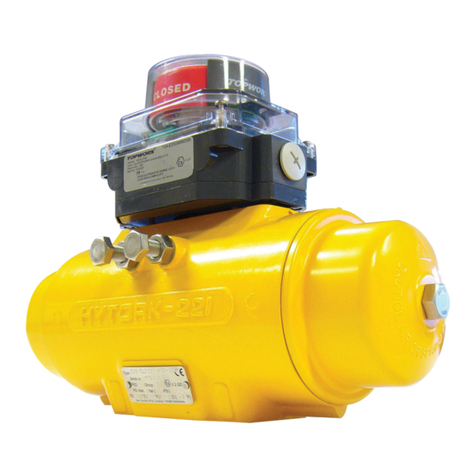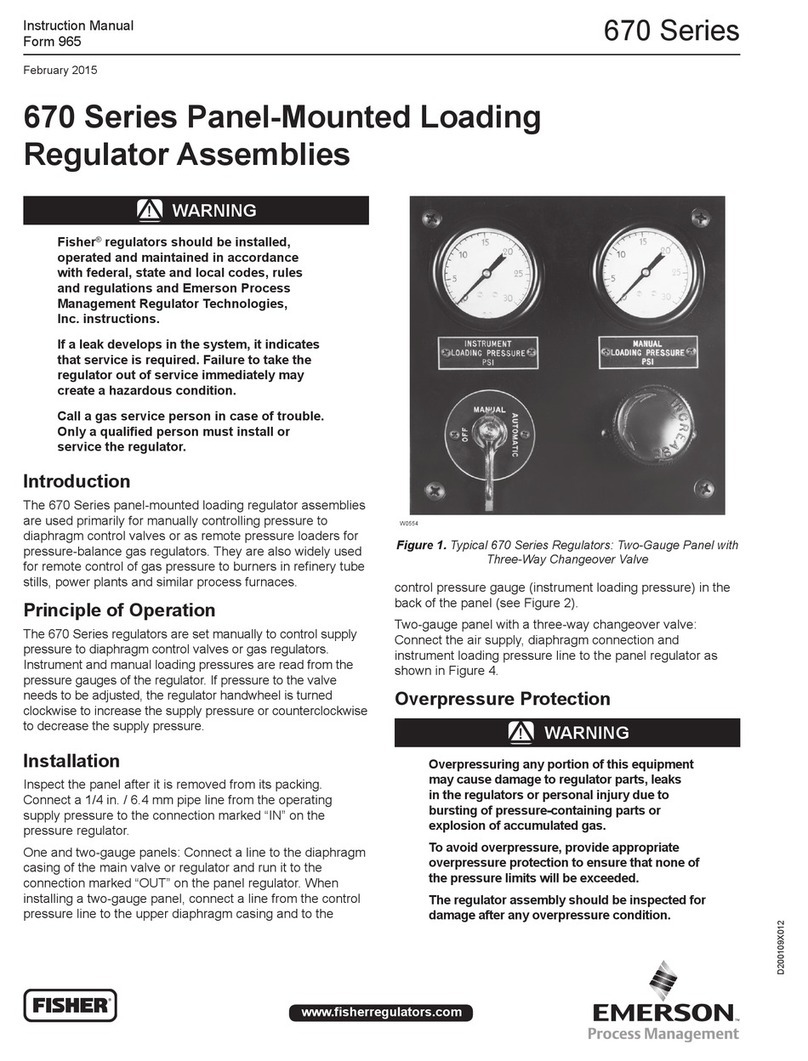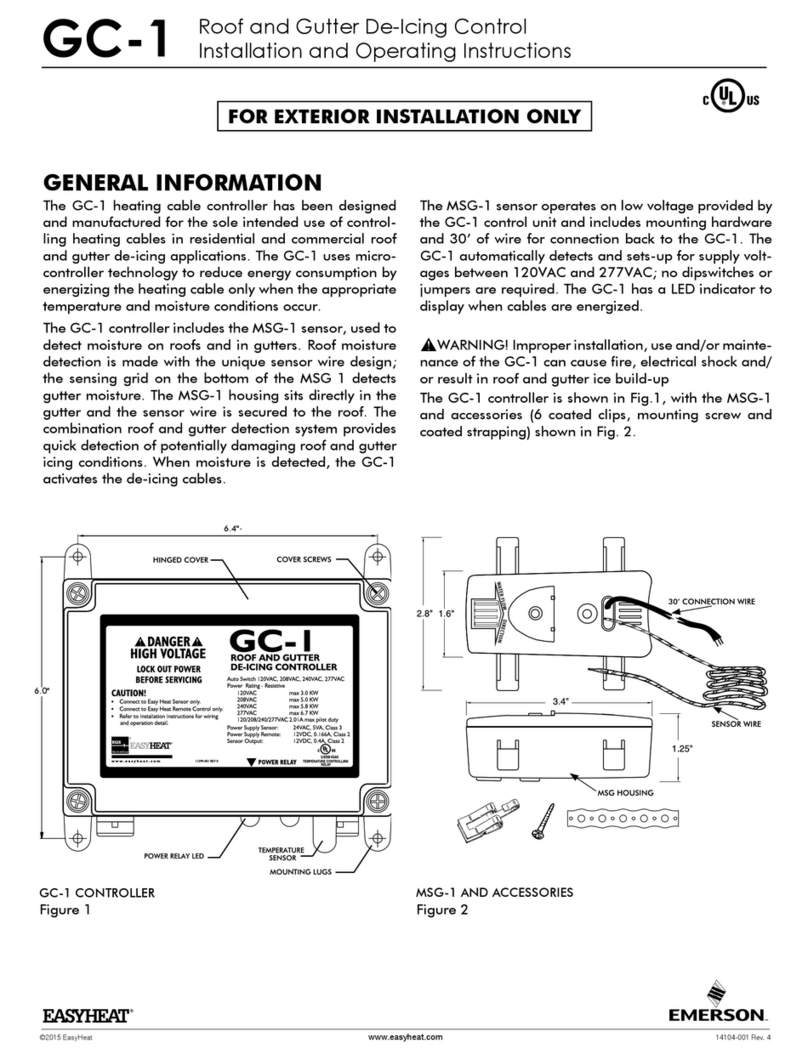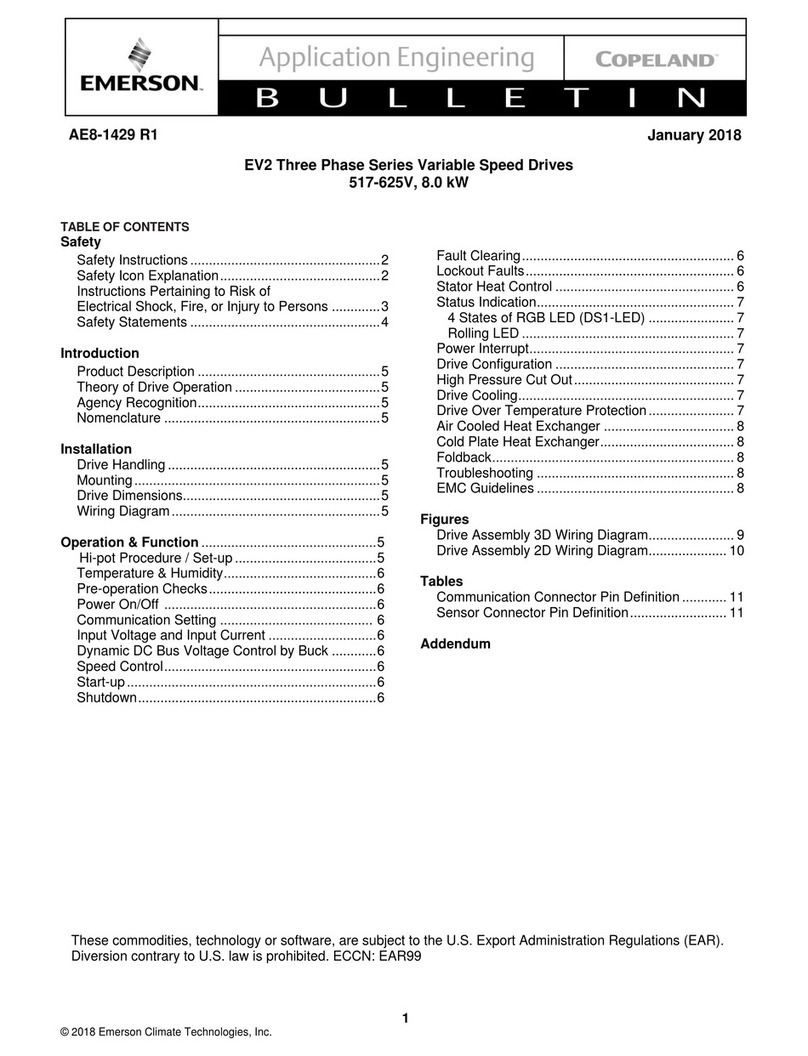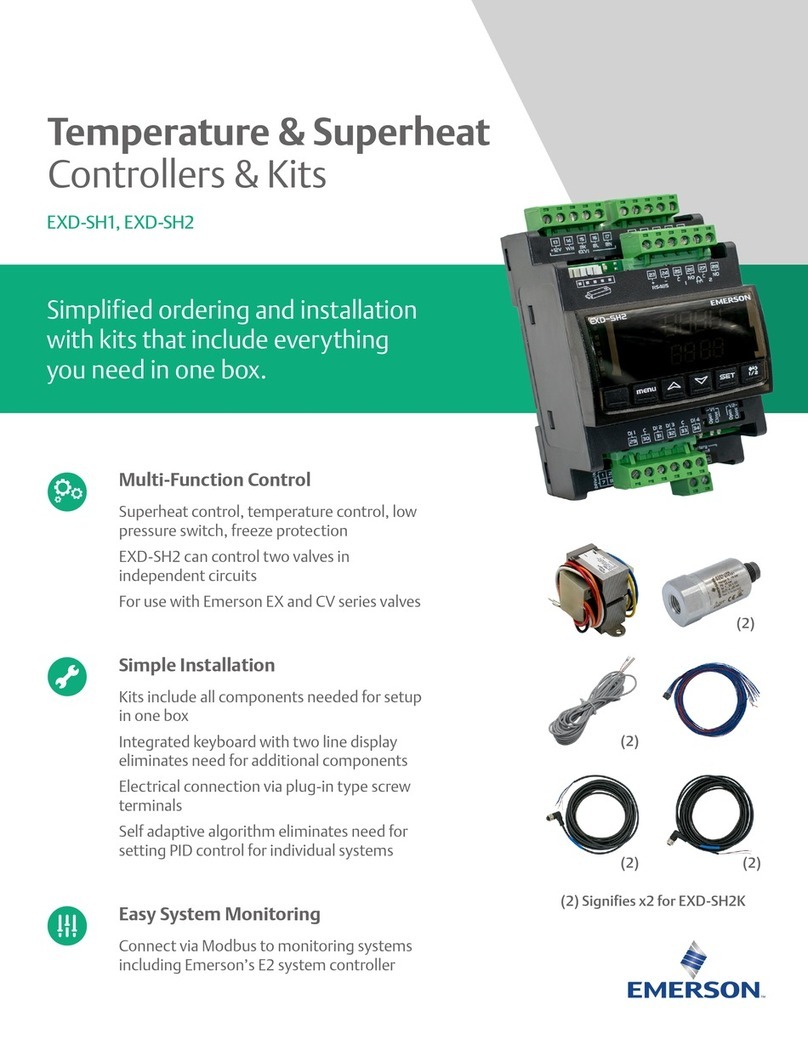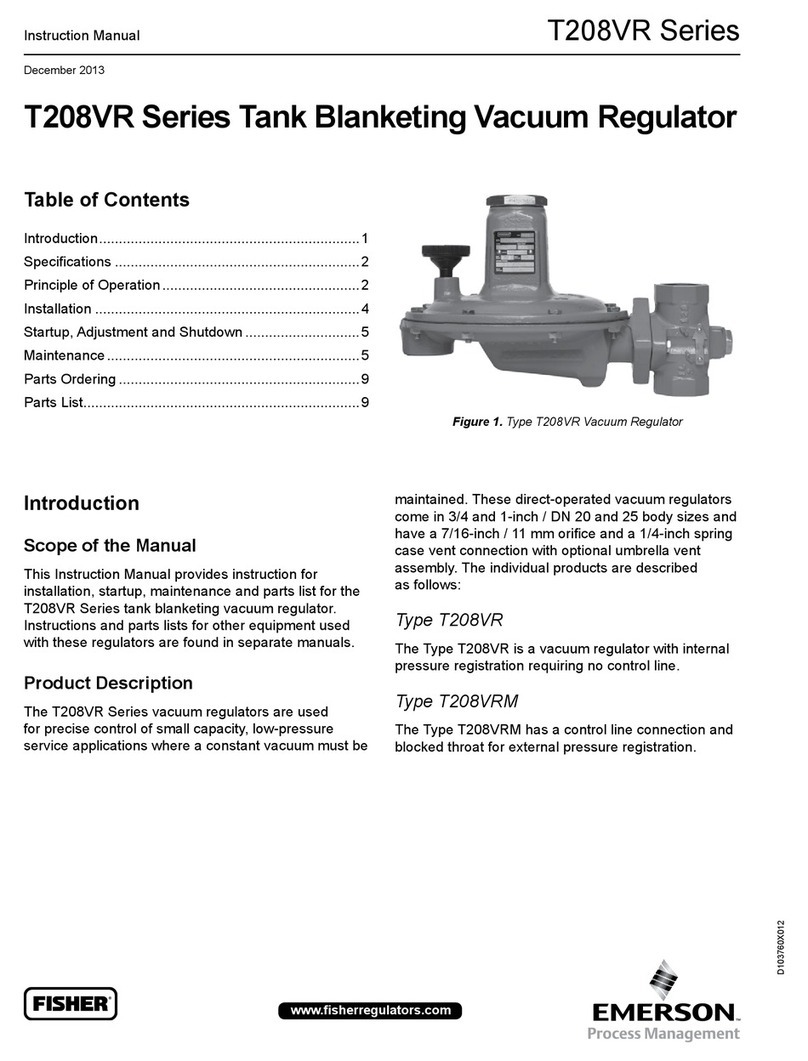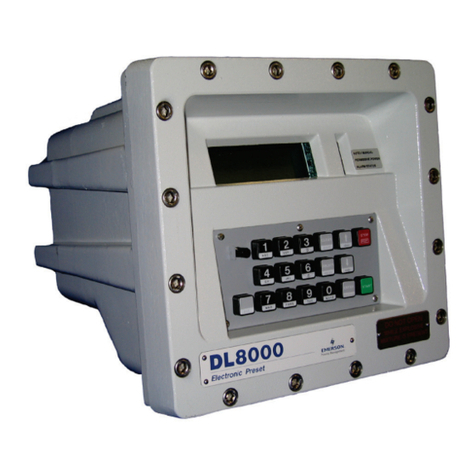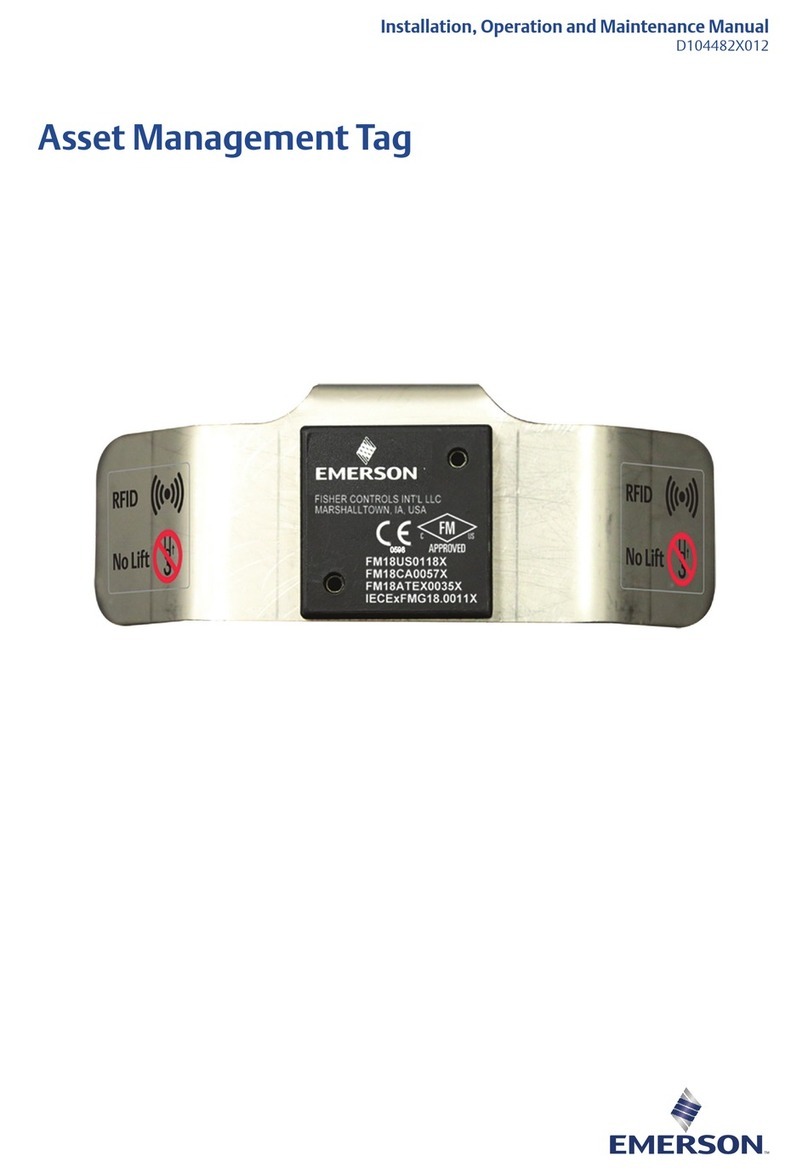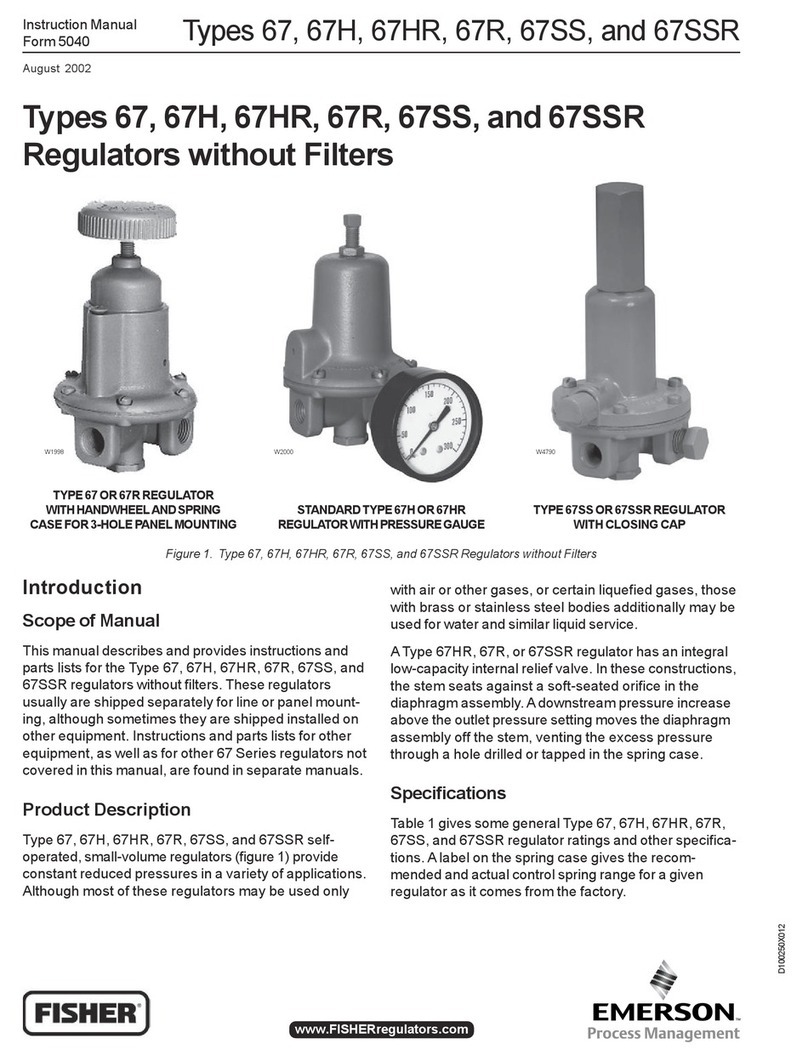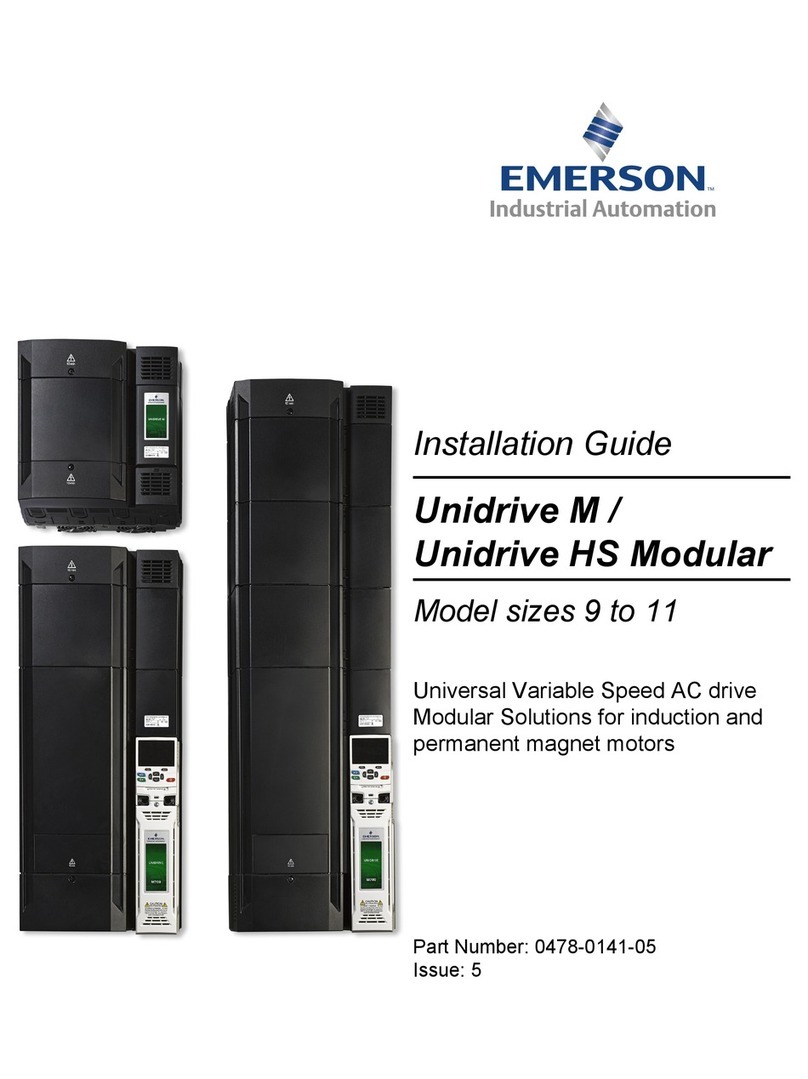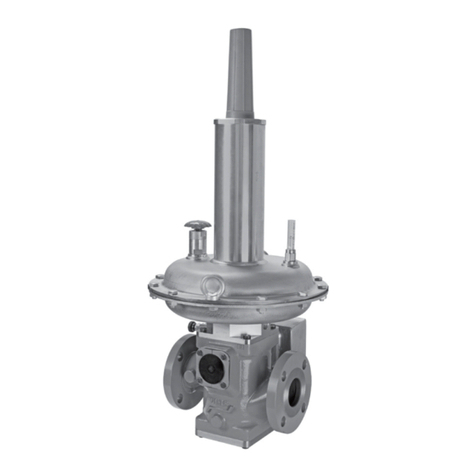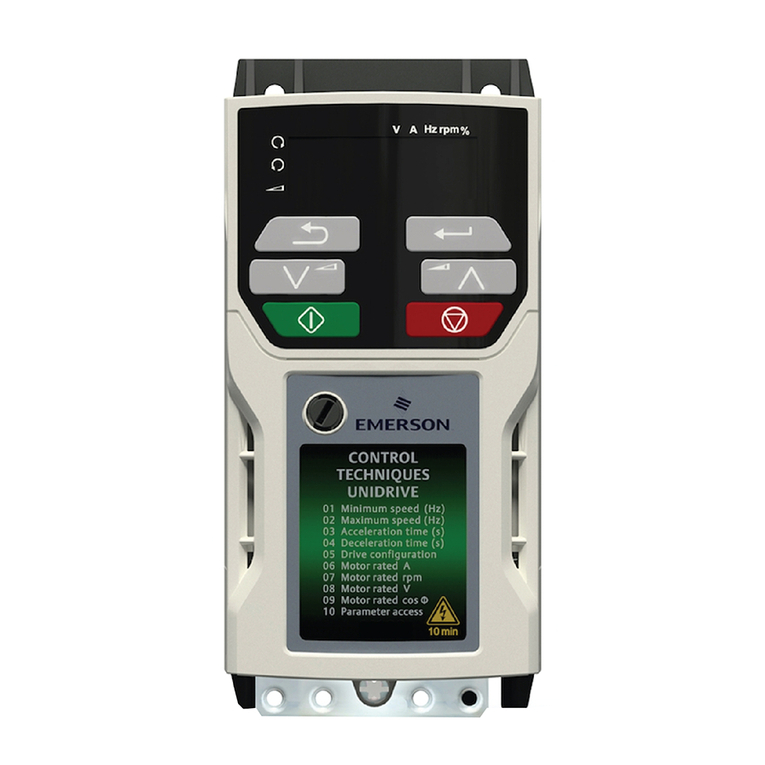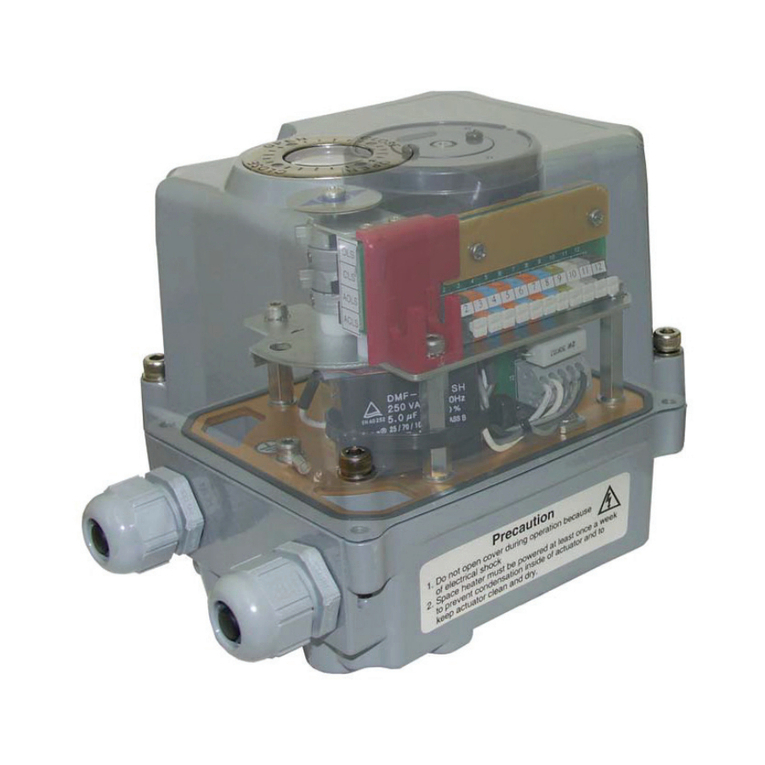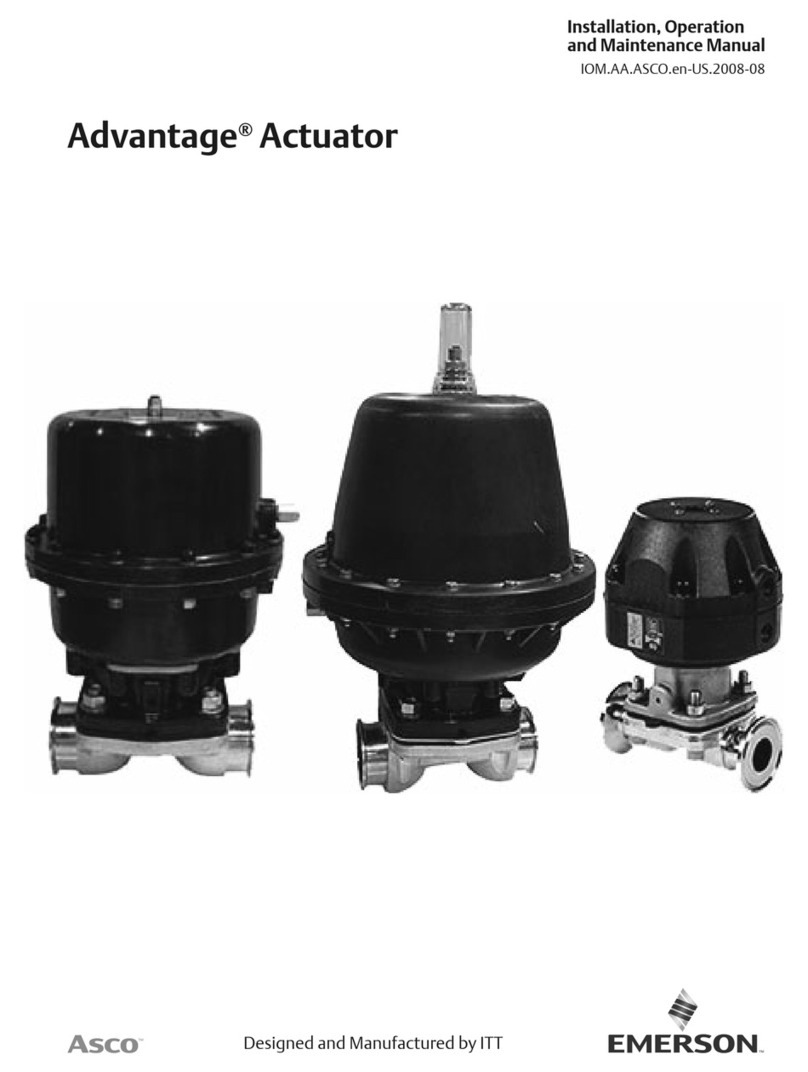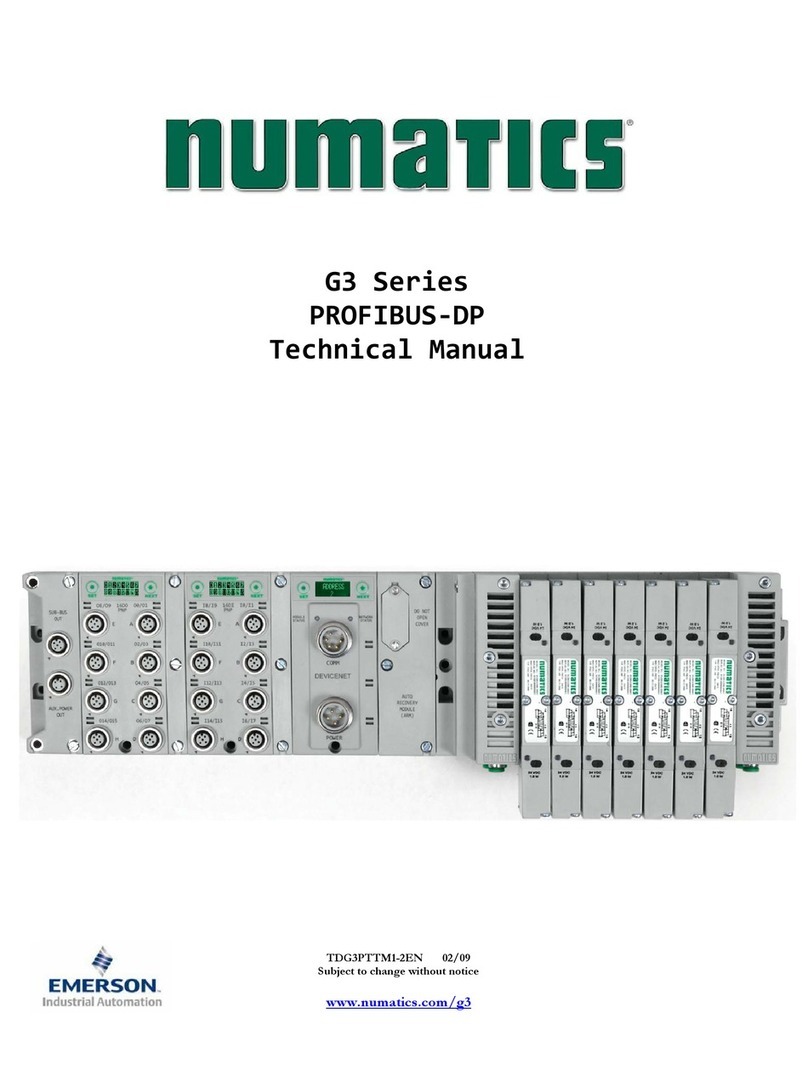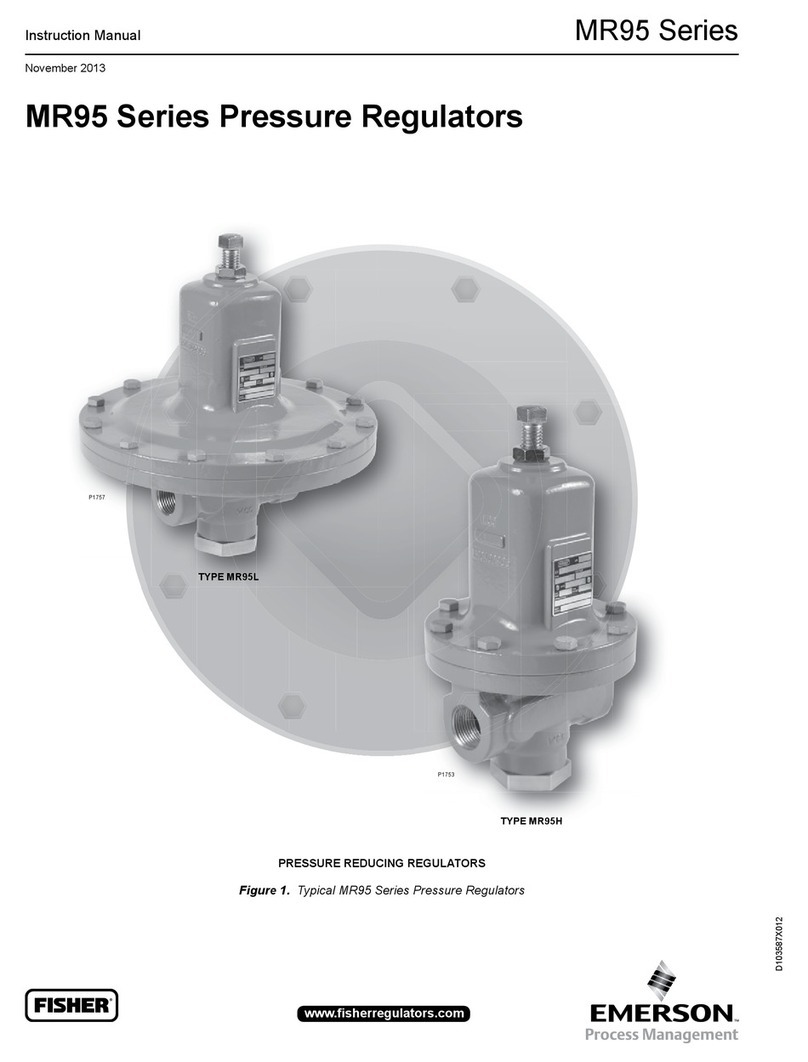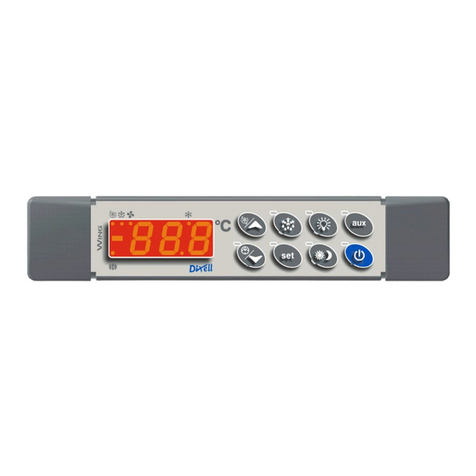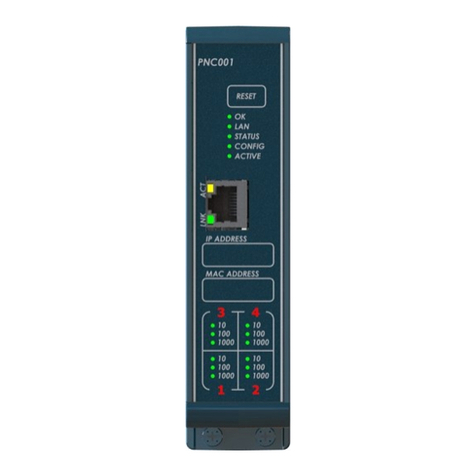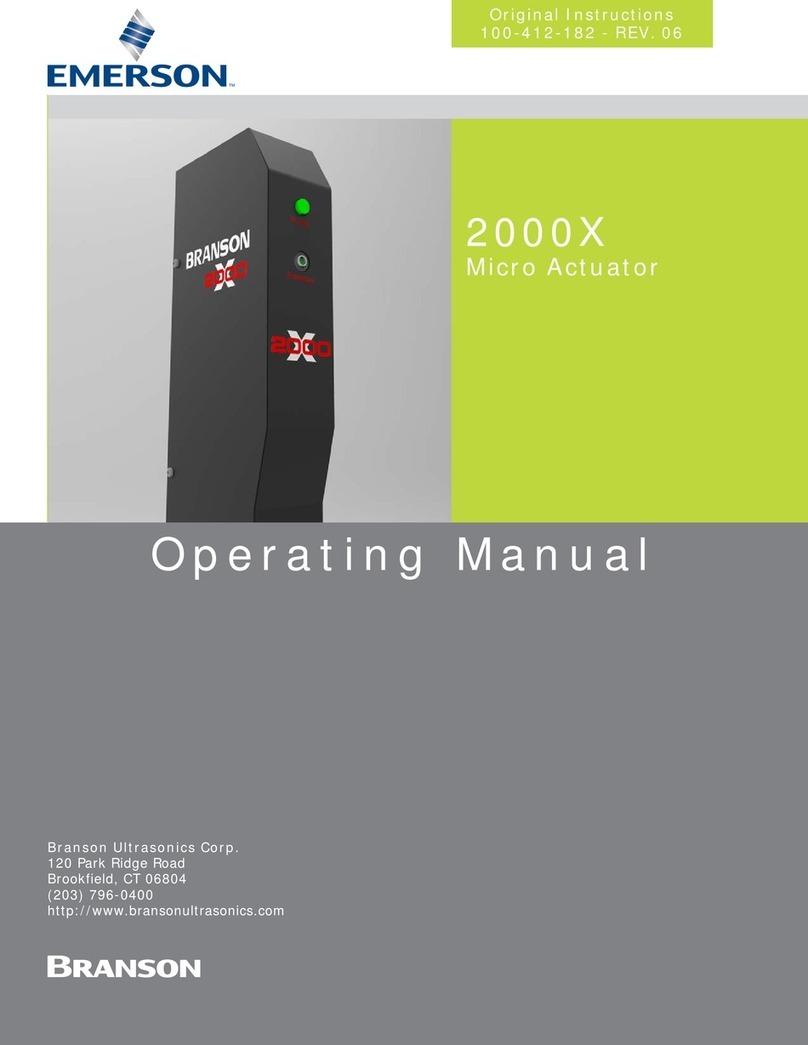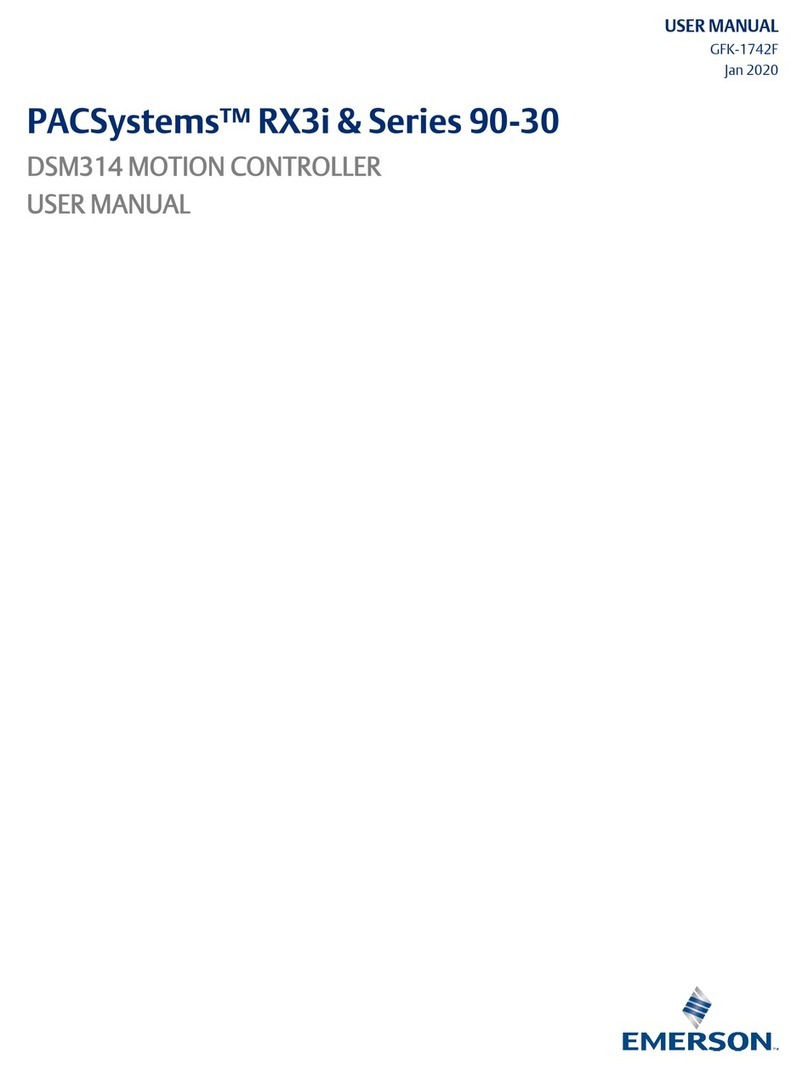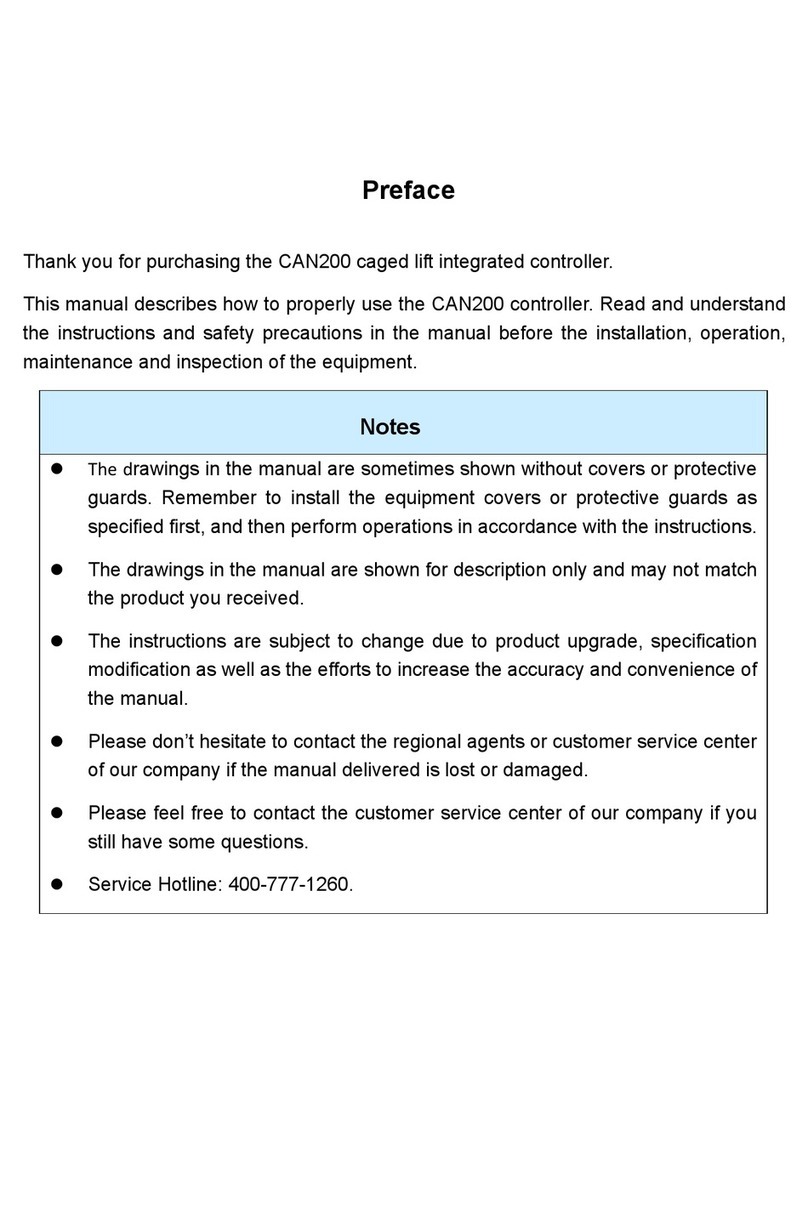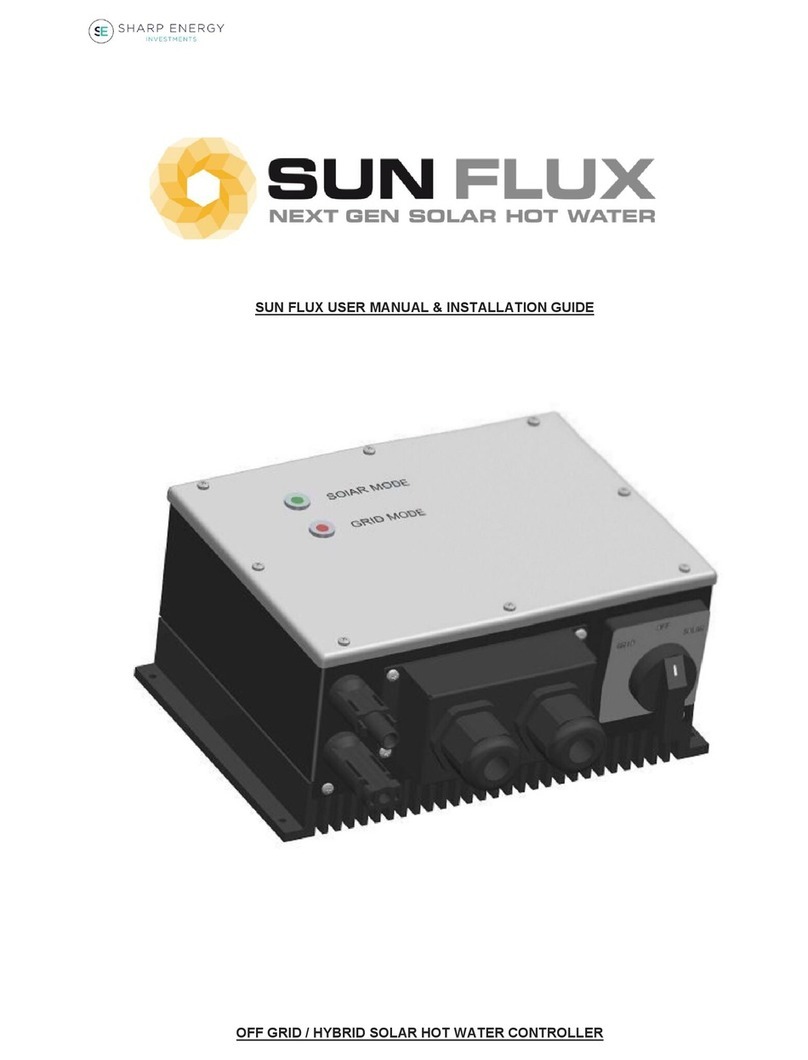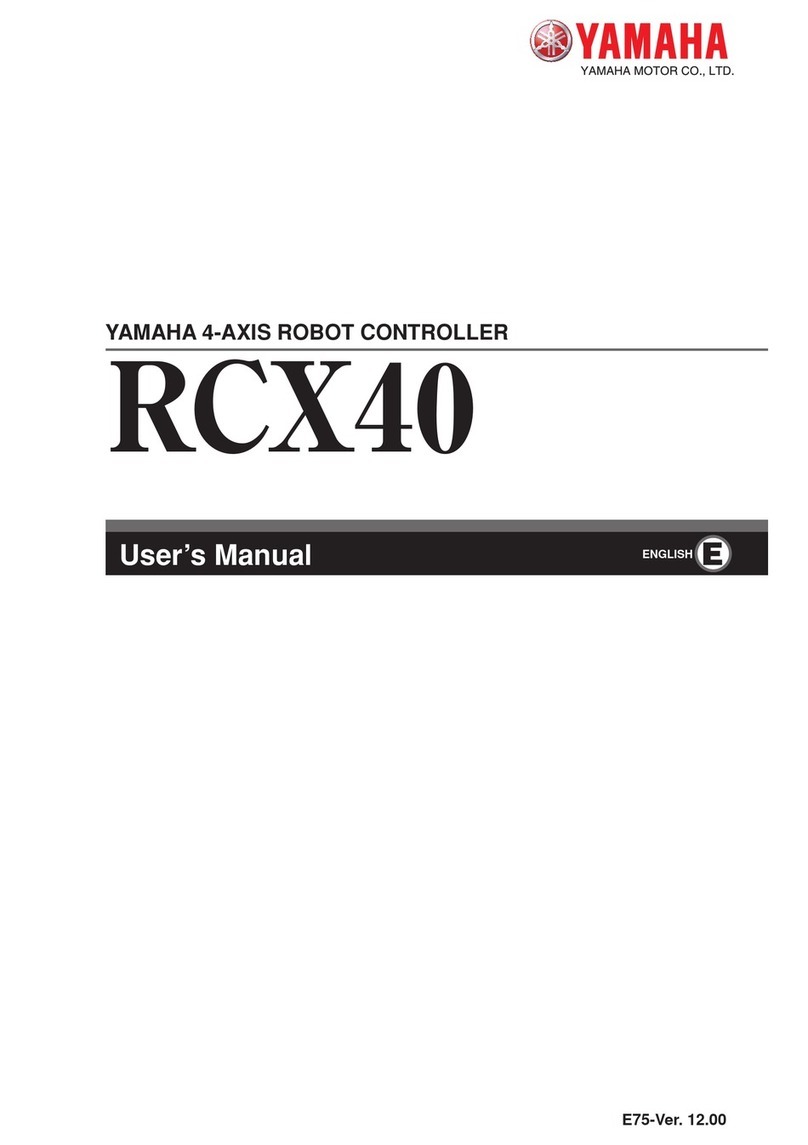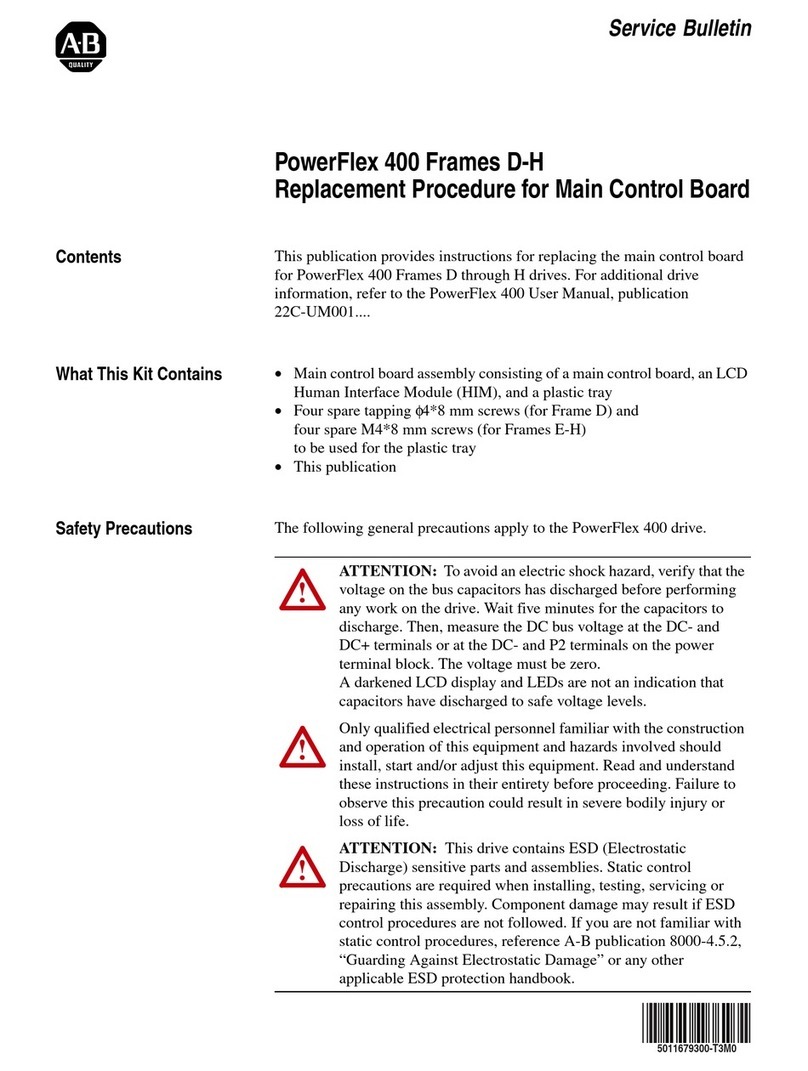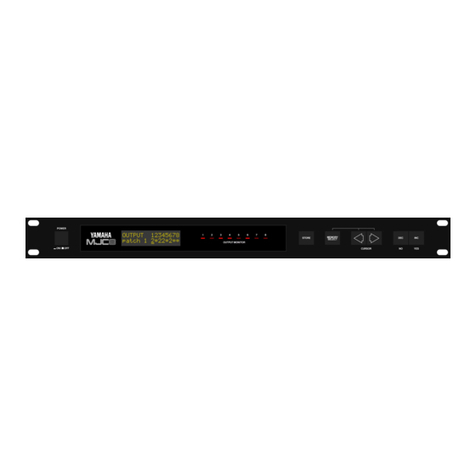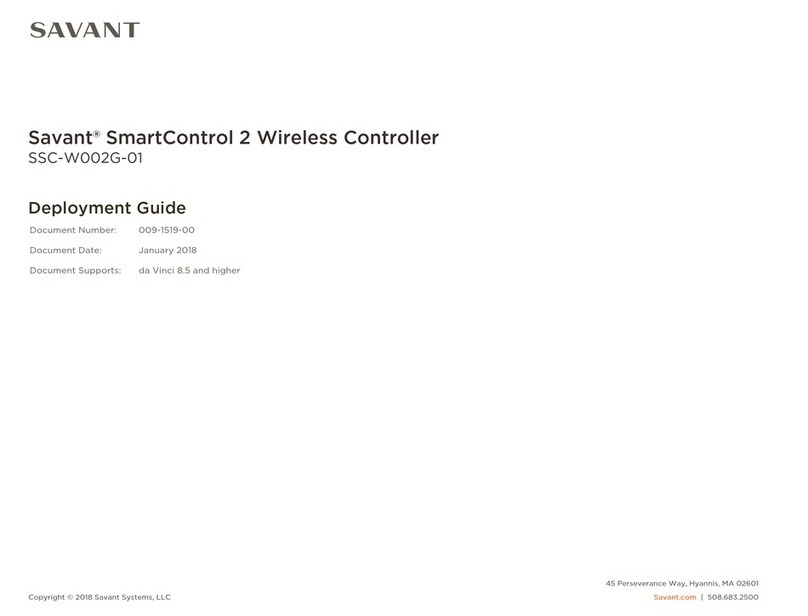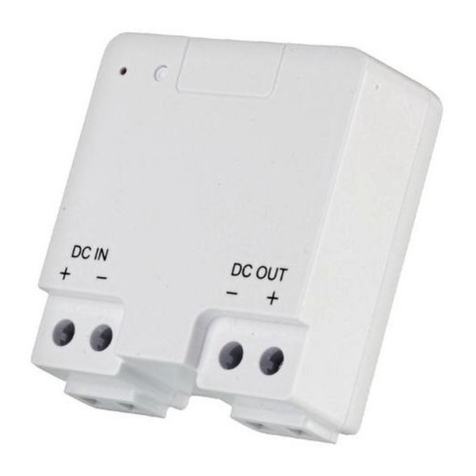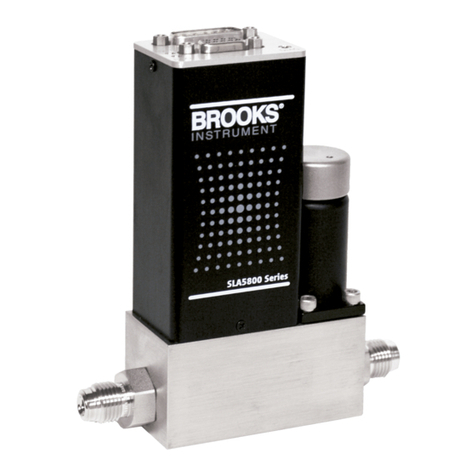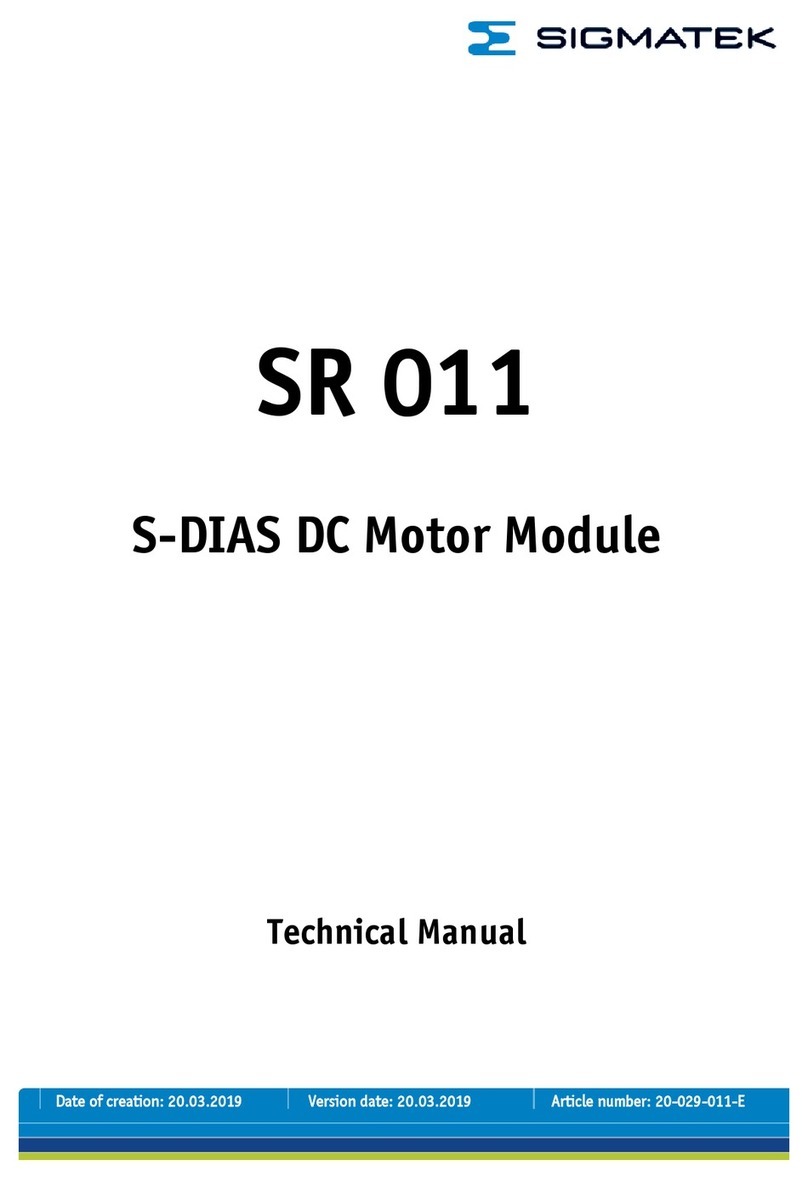
©2017 Nelson Heat Tracing Systems
9
GA2497 Rev.5
General Operation
CM-2201/CM-2202
5.3 Keypad
The keypad is “capacitive” touch sensitive and keys
are activated by simply touching the area ofthe
desired key with a finger, even when wearing gloves.
Note that a stylus or other item used to touch the
keypad will usually not activate the keys.
5.4
LED Functions
LED indicators will show the status of the respective
functions. The power LED will be illuminated when the
controller is connected to a source voltage.The heater
LED
will be illuminated when voltage is applied to any
heater.
The system LED will illuminate if there is an
internal
hardware issue with the controller.The comm
LED will
illuminate when the controller is sending data
through
external communication.The alarm LED will
flash when
there is a current active alarm condition or any
circuit;
the alarm LED will illuminate solid when an alarm
was
previously present but is not currently active.
5.5
Monitoring
By touching the“
Actual”
button follow the arrow
and the
controller will scroll through all
the active parameters .
5.6
Alarm Management
All alarm(s) will be saved in the alarm log. If no
alarms are active (alarm LED solid red) the Alarm
LED can be turned off by touching “Reset” once for
every alarm that previously occurred. If any alarm is
active (alarm LED flashing red) the user cannot reset
the alarm. The two alarm relays are SSR type. To set
the contacts of the relays go to Settings –Heater
Setup –Alarm contact. By choosing up/down arrow,
the contacts can be selected to function as Normally
Open or Normally Closed. Press “Enter” to save the
selection. Note: By setting the contacts to NC,
these contacts will be open when there is no power
applied to the unit (this can be useful for signaling
loss of power to the unit) OR there is an active
alarm OR there previously was an active alarm that
has not been acknowledged.
The alarm contacts function as follows:
5.7
Current-Limiting Feature
The Current-Limiting feature operates similarly to the
Soft-Start in that it restricts the amount of time the
cable
isenergized during any given period thereby
reducing the
average current draw of the cable
during that period. For
example, if a cable normally
draws 8 Amps, but current
limit is set to 6 Amps, then
the cable would be energized
only 75% ofthetime.
5.8
Ground Faults
Ground faults typically are the result of damaged or
improperlyinstalledcableswhichallowcurrent-
carrying conductors/surfaces/parts to be in contact
with grounded objects. For example, if a heating
cable has been secured to a pipe with a clamp, and
if the clamp has been overtightened, then the
ground braid and/or the pipe may come in contact
with current carrying parts within the cable. This
would result in current leakage to ground
through the
ground braid of thecable and/or the pipe itself.
This
type of fault can eventually become serious, resulting
in overheating/fire/shock hazards. Current leakage to
ground can bemonitored by electronic circuitryand
the SPC
can be programmed to either alarm or trip
when leakage
c u r r e n t e x ce e d s t h e s p e c i f i e d
m a x i mu m a l l o wa b l e a m o u n t .
